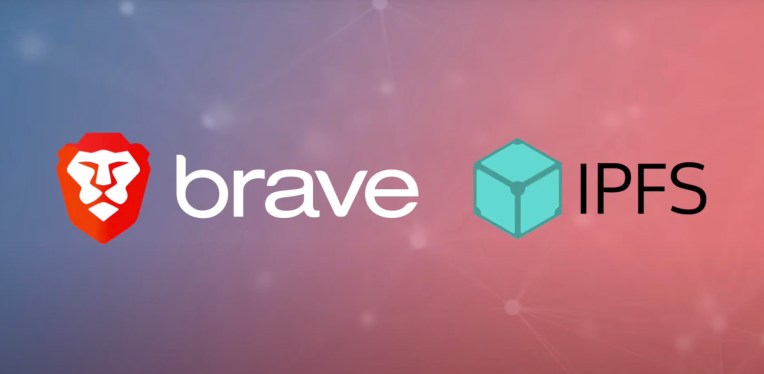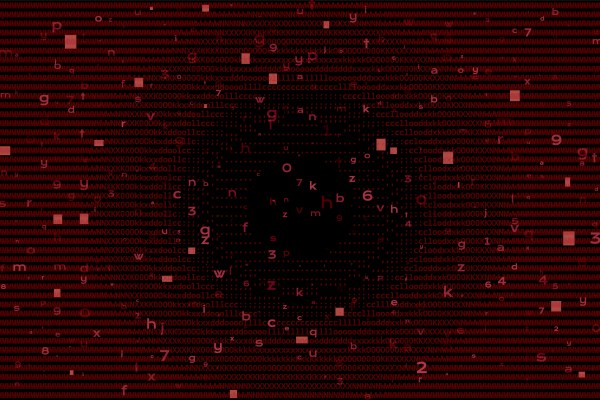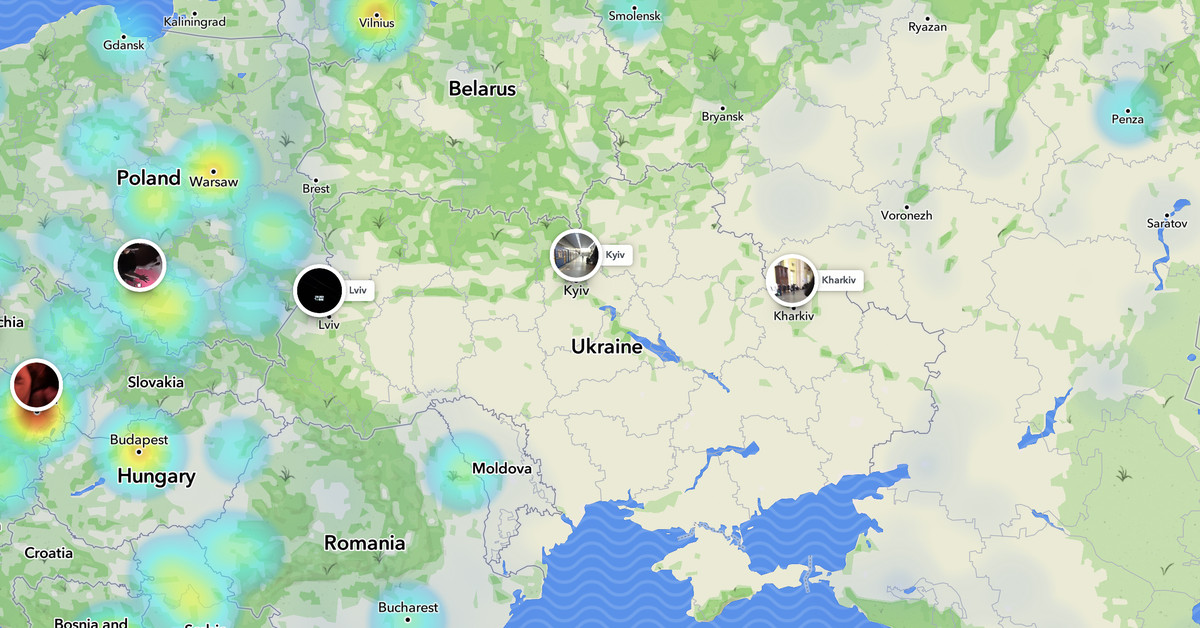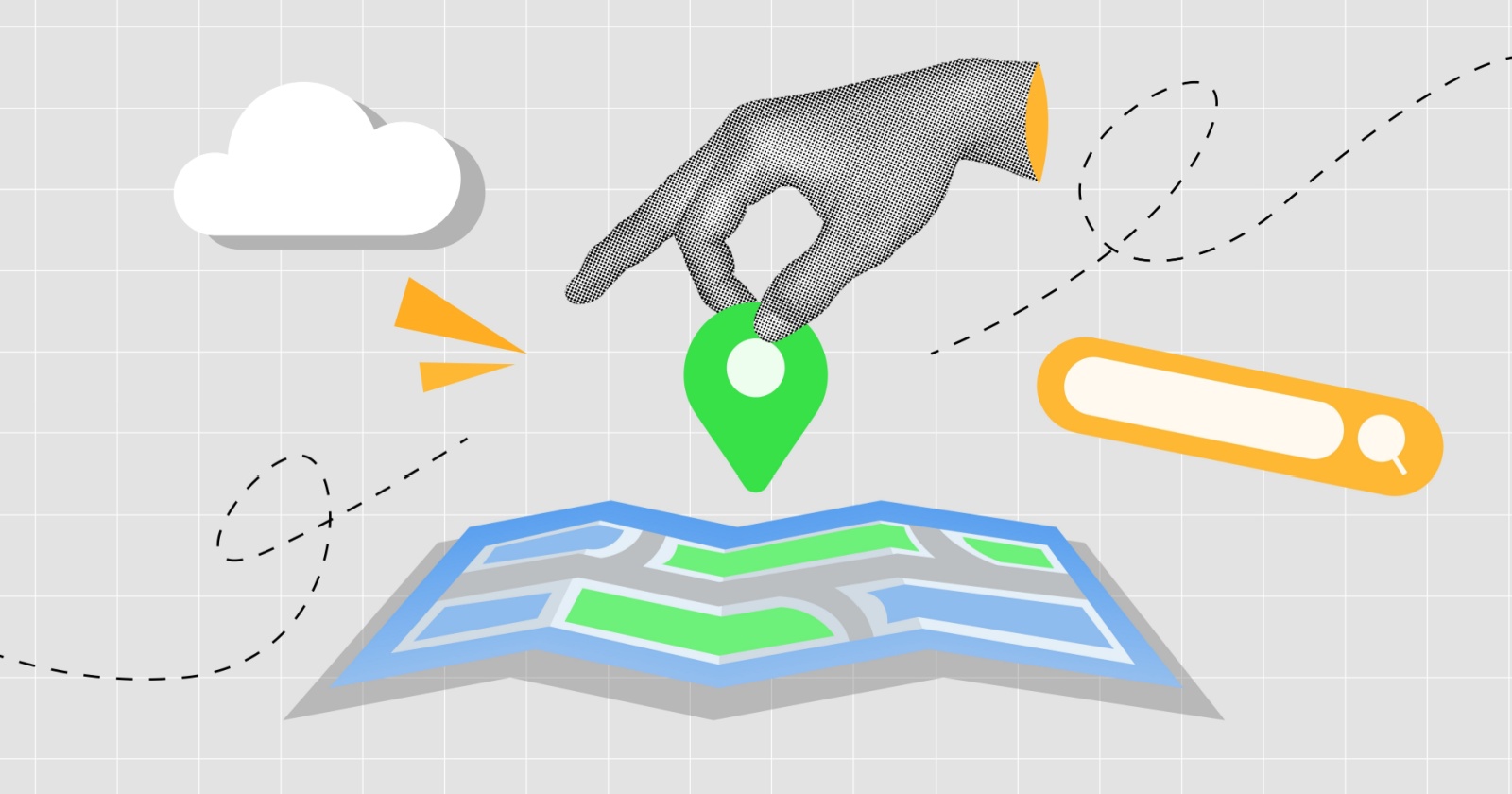The Power of Human Touch in Software Development and AI Environments
Necessity is the mother of invention — a principle that has defined technological advancement and design for generations. We innovate and create new products, services, and processes based on human needs that arise. Just as these needs evolve with...

Necessity is the mother of invention — a principle that has defined technological advancement and design for generations. We innovate and create new products, services, and processes based on human needs that arise. Just as these needs evolve with each generation, so too must the way we approach the innovation required to address them, and that requires a human touch in software development.
Digitalization Driving Productivity and Collaboration
In today’s era of digitalization, companies are turning to new technologies, specifically software applications, to drive efficiency, productivity, lowered costs, and smarter collaboration. As the adoption of digital transformation has increased, so has the number of software solutions enabling and supporting it.
Companies are looking to software developers for new ways to integrate technology. Operations demand process automation, improved communications, and the delivery of more value to their customers.
Artificial Intelligence (AI) has been an influential part of this progression and an enabler for many capabilities today; however, we must exercise restraint in relying too much on technology alone to reach business goals.
Restraint With AI Makes Better Sense Today
There’s power in the human touch that can set the stage for meaningful transformation when embraced during the software development process. As we continue to integrate digital technology into nearly every facet of work and life, we need intelligent software design to incorporate more of the human experience to thrive.
The key is finding a measured balance between purpose-driven software design and human touch and understanding how to execute this collaboration successfully and ethically.
AI’s Role in the Consumerization of Software
Historically, enterprise software was initially designed with a particular persona and a very specific set of requirements in mind. As a result, it was built to serve simply as a tool with no focus on the user’s experience, behavior, or even the potential ability of the user to change behaviors.
For example, if a person were using a software program to search for fruit, that software would need to be coded to show each specific fruit. Then, if a user searched for a peach, the software would display a peach. If they wanted to search for an orange instead, the software would need to be hard-coded to show an orange. This is a very cut-and-dry process leaves little room for interpretation.
Software Designed to Consider User’s Behavior
Today, AI-powered software is designed with realistic human values in mind, defining a set of user stories and use cases that proactively adjust to potential user behavior, with a strict focus on providing and maximizing end-user value and experience. Explained differently, rather than designing software around who a user is or what they do, the software is designed to consider the user’s behavior and the value the product can provide for an optimum user experience.
Revisiting the example above, if a user in Florida is seeking “fruit,” the initial result the software is likely to show them would be an orange. Alternatively, if the user lives in Georgia, it would likely show them a peach — since these fruits are indigenous to their respective regions.
Software Built With Human Touch Provides an Experience
In this example, the software was built to look for an outcome and design an experience that considers several factors to present the most likely desired result. This is how AI algorithms are used to design an environment meant to improve the customer experience by anticipating needs based on trends. This is also how software developers automate an experience.
Several different inputs are analyzed to the point where an assumption can be made based on a person’s behavior over time. Content is then populated, or an action taken that the program deems would be most useful for that person, all in the name of improving the user experience. But what if the person in Florida doesn’t like oranges and the person in Georgia doesn’t like peaches? This is where the human touch comes into play
Finding the Ethical Balance Between Smart Personalization and Human Privacy
AI algorithms require and collect personal user data to customize the experience in a unique and valuable way for a specific user. However, they can sometimes be too rigid when analyzing only the data without considering personal preference, free will, or choice.
AI alone, without any oversight, can also go too far, as there’s a fine line between personalization and privacy, and AI can’t make the distinction on its own. A human developer addresses this issue by providing the guardrails necessary to ensure ethical design and desired behavior while also incorporating the flexibility needed to give users a greater sense of choice.
How Do You Protect Your Customers?
Software must be built so the user can determine what data they want to provide to improve their life or minimize evasiveness. On the front end, as software is being designed, developers can build flexible architecture with certain constraints in mind to provide an ethical and secure framework around how the AI algorithm works. This allows users to define where the line is or how much personal data they allow into the architecture or the cloud.
Ultimately, users want AI to optimize the tasks they need to perform but don’t want the AI to make decisions for them without approval. This idea of choice is another critical element of why the human touch is so imperative in the development process, even as the industry has sought faster and more efficient ways of writing software programs.
The Artistry of Software Engineering From the Human Touch
As a means of automating code writing, code generators were introduced several decades ago to quickly write new code and get applications to market faster. Requiring minimal human intervention, the developer would simply set what it needed the app to do, and then code was generated for that specific purpose. It was easy to write code that would solve a particular problem and take the user from point A to point B in the most efficient way possible.
However, the lack of human touch is the issue with this model. There’s no consideration for the user experience or innovation that excites and delights; the software is simply working to solve the problem without room for interpretation. Alternatively, the human coder can push boundaries and determine how to interpret the user requirements to decide the best path between the two points.
Flexible Code Environments Make Efficient Programming
For example, if a program were coded to simply draw a tree, a code generator would produce the same tree over and over with no differentiation in color, leaf type, size, etc. There would be no artistry behind it, and users wouldn’t have the ability to choose from various tree designs. Instead, they’d have to accept the tree the generator produced. But when an engineer has the ability to integrate their personal touch, the artistry of software design is unveiled, and the experience becomes something very different.
Today, our industry has evolved even further, and low-code/no-code environments have emerged as the next generation of modern and efficient programming. Developers can now quickly build the foundation of a program from existing services and functions that have already been written by other coders, easily defining the path the user takes to get from point A to B.
This type of coding is a much more flexible way of designing software that allows engineers to adopt the preferences of the end-user and change functions as the end user changes. However, the various functions are still being coded by an individual and, thus, are constrained to the preferences of that person.
Reusable Templates Boost Productivity
So, to revisit the previous “tree” example, software developer A designs a single tree which developer B can now take and, in about the same amount of time as it took to create just one original tree, reuses as a copy over and over but in different ways.
Several copies can be placed side by side to depict a forest, or a single copy can be placed in front of an abandoned building or on a deserted island to create different applications entirely. However, because they’re all using the same original tree design, all of the trees in each environment still look the same — the artistry is limited to that of the person who originally designed the tree.
Decide and Improve the End Product to Customize
Where the human element comes into play is when the software engineer can have the ability to decide how they want their tree to look and can add features along the entire design process to augment it.
Then, the next engineer can come in and change or improve it to meet the needs of their users, and so on. Now, instead of one tree that everyone has to use repeatedly in different ways, there are hundreds of different trees that all came from the same initial version but have been customized and improved upon.
How Does AI Build a Tree?
If we relied on AI to build the perfect tree, it would calculate only one way to do so, but what if you don’t like it? It’s no longer perfect for you. So, rather than relying on AI completely, developers can choose how to embed AI capabilities into their programs to drive the best customer experience.
These AI integrations have to be customized to fit the environment, however, and this requires an actual engineer to be part of the process, which ensures the human element is preserved.
Ultimately, software engineers have to find the right balance of enabling smarter technology that can proactively anticipate and solve our problems while also ensuring end users have the ability to exercise their right to choose and decide what’s right for them based on the facts presented.
Human Touch at the Heart of Modern Software Design
No longer are software solutions built for a single defined purpose. Instead, they are built to learn and evolve based on the creativity, artistry, and ethics of the human touch. As emerging technologies have helped enable modern innovation with unprecedented speed, and invention can now be born out of demand and pursuit of progress rather than out of necessity.
As AI continues to be integrated into the software development process, the human touch will play an integral role in teaching the software how to adapt to each user’s needs, values, behavior, and privacy priorities.
Featured Image Credit: Photo by Andrea Piacquadio; Pexels; Thank you!
![]()
Igor Bergman
A Software and Cloud transformation engineering and product leader, Igor Bergman has extensive experience in software businesses, product management, startups, and business development. He is currently heading Lenovo’s $750M Global Software and Cloud business unit.

 Astrong
Astrong 































